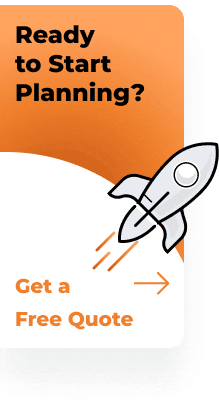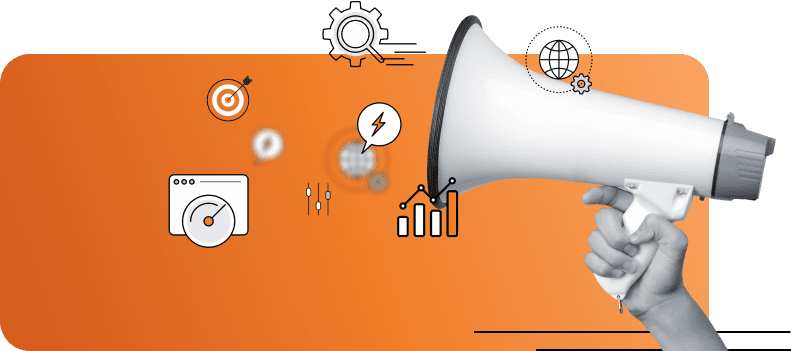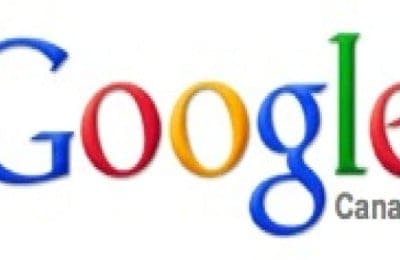Are you trying to increase the visibility of your website, and make sure that any visitors that come to it will have a positive experience? If so, then optimizing your page titles, meta tags, and other examples of SEO best practices is essential.
Not only do these strategies help search engines discover the content on your website faster, but they also ensure that any people searching for what you have to offer can find it quickly and easily.
In this post, we’ll be taking a deep dive into why creating optimized page titles, meta tags and more is crucial for any website, no matter its size or industry. So read on as we discuss how optimization can improve rankings and establish trust with potential customers!
Why Page Titles Matter – How to Craft an Engaging & SEO-Friendly Title
In today’s digital age, creating engaging and SEO-friendly page titles is a crucial aspect of content marketing. A page title is the first thing that your audience sees when conducting a search query and it is what attracts their attention to your web page.
Without a title that captures their attention, potential visitors are more likely to skip your page altogether. Crafting effective page titles requires strategic thinking and careful consideration.
Consider incorporating a search engine optimization example and following best practices such as using concise language and including branding elements.
Some examples of SEO practices include using compelling adjectives to entice readers, utilizing numbers to demonstrate value, and creating titles that convey a sense of urgency or exclusivity.
With the right approach, you can create page titles that not only draw in new visitors but also improve your overall SEO marketing efforts.
Design the Perfect Meta Tag for Your Webpage
In the world of SEO marketing, creating the perfect meta tag is crucial to improving the visibility of your webpage. A meta tag is a brief snippet of text that appears in the HTML code of your website, providing information about the page’s content and purpose.
Crafting a strong meta tag involves selecting relevant keywords that accurately reflect your content while also being attention-grabbing for users.
Some of the best SEO examples of meta tags include using compelling and straightforward titles and a description that summarizes the focus of your page.
To see some good SEO examples, take a look at popular websites like Wikipedia or The New York Times. They each use header tags to create well-organized pages that are easy to navigate and understand.
By following these SEO marketing examples and taking the time to create a thoughtful meta tag, you can increase the likelihood of your webpage being discovered and visited by potential customers.
Optimize Your Image Alt Text for Maximum Impact
Image alt text, also known as alternative text, is a crucial component of search engine optimization (SEO). It provides search engines with information about the content of an image, making it easier for them to index and rank your website.
To optimize your image alt text for maximum impact, it’s important to include relevant keywords that accurately describe the image. Good SEO examples for image alt text contain a clear, concise, and descriptive phrase that accurately describes the image without stuffing it with keywords.
For example, instead of writing “woman running shoes Nike Adidas Puma,” write “woman wearing blue running shoes with white stripes.”
A few best SEO examples of image alt text that are effective for SEO marketing are “wedding photographer in New York,” “best vegan restaurant in LA,” and “online marketing webinar.”
There are numerous examples of SEO marketing techniques, but optimizing your alt text is one of the most effective and easiest to implement.
Utilize Internal Links to Guide User Journey & SEO Performance
Internal links are a crucial tool to guide user journeys and improve your SEO performance. By linking to your pages within your website, you can guide your visitors to relevant content and keep them engaged for longer periods.
This not only improves their experience but also enhances your SEO performance by reducing bounce rates and increasing time on site.
An excellent search engine optimization example of utilizing internal links is including product links within a blog post, encouraging users to explore your product offerings.
Good SEO examples also include linking to related articles or pages within the website, making it easier for visitors to navigate and discover more content.
By incorporating internal links strategically, you can streamline your website’s navigation and keep visitors engaged, making for a better user experience and improving your SEO marketing examples.
Take Advantage of Header Tags for Visual Cues & SEO Benefits
When it comes to optimizing your website for search engines, numerous tactics can be effective. One often overlooked strategy is the use of header tags. These tags not only provide visual cues for readers, but they also offer valuable SEO benefits.
For example, by using header tags appropriately, you can help search engines understand the structure of your content. This can result in better rankings for relevant keywords and phrases.
Some of the best SEO examples have used header tags to their advantage, proving their effectiveness as a marketing tool. By implementing this simple technique, you can improve both the readability and discoverability of your website.
Write Compelling Copy that Appeals to Search Engines & Humans Alike
In today’s digital world, creating compelling copy is not just about attracting human readers, but also appealing to search engines. The importance of Search Engine Optimization cannot be overstated when it comes to getting your content noticed.
A search engine optimization example of how to get your content ranking higher on search engines would be to use keywords effectively throughout your copy. However, that alone will not ensure your content is human-friendly.
SEO marketing examples of captivating copy that appeals to both search engines and human readers would be to create engaging content that uses keywords strategically and naturally within context.
A well-written and thought-out piece will always attract and maintain readers’ interest, and leveraging SEO techniques on top of that will take it to the next level.
It’s important to remember that SEO doesn’t stop with optimizing your website’s titles, meta tags, and image alt text. It also requires a compelling copy that appeals to both search engines and humans alike.
It’s also essential to utilize internal links to guide user journeys and maximize SEO performance, as well as make use of header tags for visual cues and SEO benefits.
By taking into account all the conditions about page optimization nothing is impossible; make every click count by crafting an SEO-friendly page title, creating a perfect meta tag , optimizing your image alt text, utilizing internal links, leveraging headers tags and writing compelling copy.
Doing so will help you master SEO and enhance the visibility of your web pages in the digital world.









